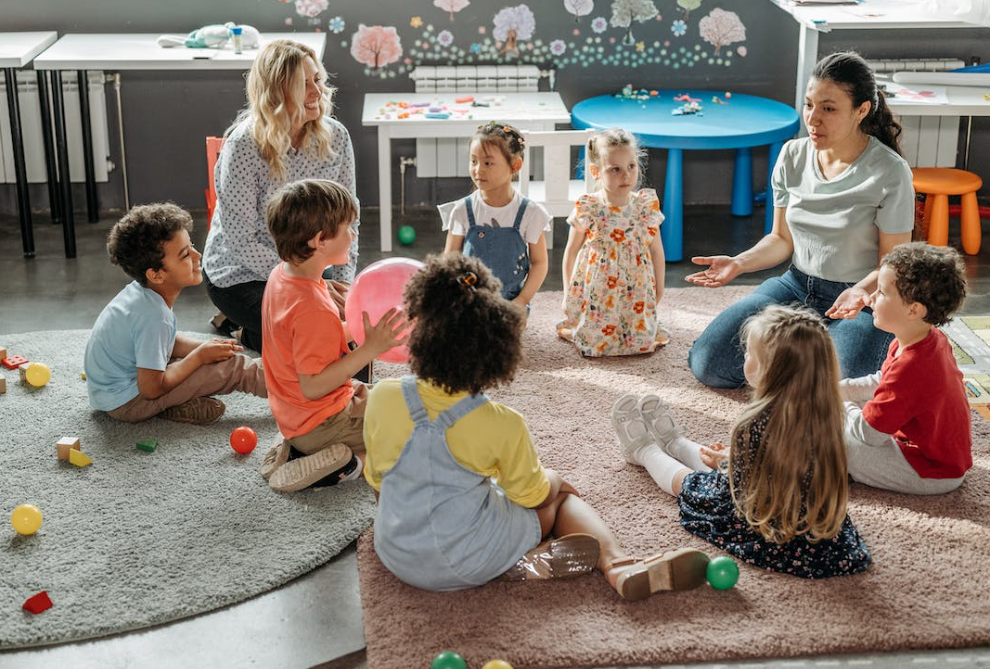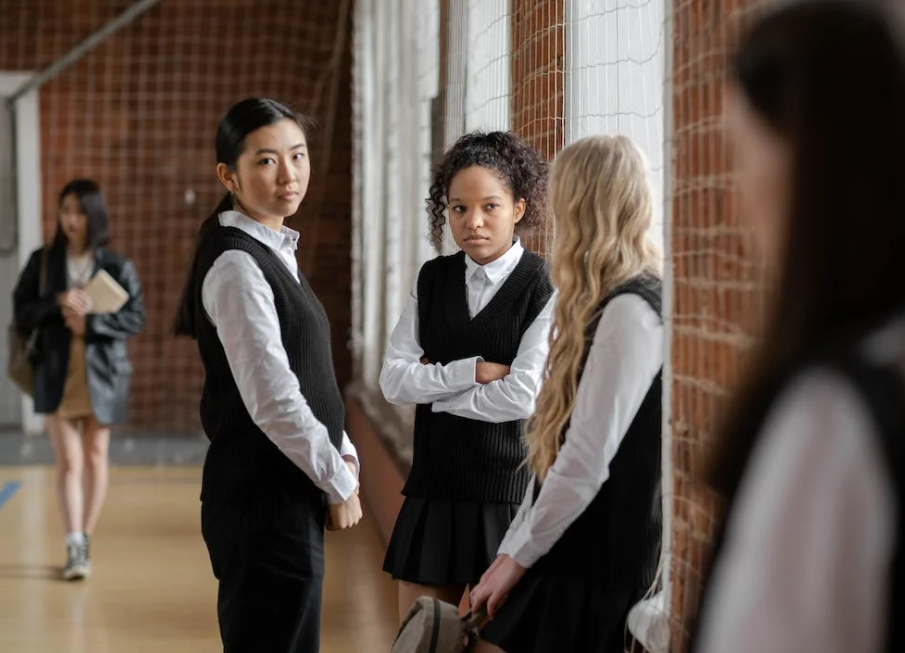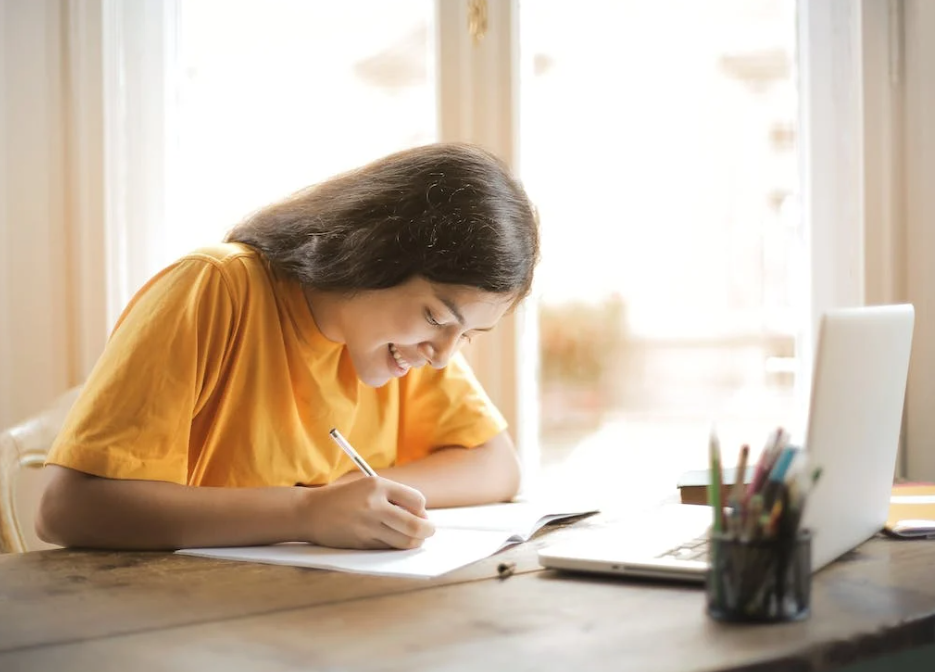Positivity For Students
Learn how beneficial it is to be positive to others and what practices to employ.

Selfpause Affirmation App
Download the app to get 1,000’s of affirmation meditations and everything you need to write, record and listen to your own.
One of the best ways to help students learn to be more positive is to practice the acrostic “ATTITUDE.” The word can be written vertically down a piece of paper and students can write traits of positive people in this acrostic. For example, they could write that someone with a positive attitude always sees the good in a situation. Then they can share their acrostic with their classmates.
Positive attitude

Students with a positive attitude are more likely to succeed in school. Negative attitudes can make students feel less motivated and discouraged. A positive attitude is a healthy way to approach school and life. It fosters gratitude, cheerfulness, and self-confidence. It can also help a student deal with difficult situations.
Students are susceptible to negative attitudes because of the stresses of school. It is easy to become stuck in a rut and feel that you are not getting anywhere. In order to overcome this feeling, students need to develop a positive attitude. Luckily, this doesn’t have to be difficult and can be achieved through simple steps.
Positive thinking is beneficial for students because it can help them complete assignments on time and overcome difficulties. A positive attitude can also boost a student’s memory function. By thinking positively, a student will be able to better execute goals and move forward in life. A positive attitude helps students to remember things and think positively, which is an essential characteristic of successful students. In addition to helping students complete schoolwork, a positive attitude also affects their physical and emotional well-being.
Teachers must model a positive attitude for their students. The teacher’s attitude will rub off on the students. By modeling positive behavior, teachers can influence students’ attitudes and encourage their academic performance.
Positive thinking

Positive thinking is a useful strategy for students, enabling them to overcome negative thoughts and react to situations in a positive manner. These strategies improve students’ self-esteem, adaptability and overall happiness. Students can also practice love-kindness meditation to promote a feeling of well-being. These practices can also help students cope with their social and academic pressures.
Developing positive thinking starts with recognizing and appreciating the little moments in life. These moments can be simple, such as a good laugh, a kiss, the sky, or the chirping of birds. Students can also benefit from keeping a gratitude journal. The act of jotting down positive thoughts can have a profound impact on their mindset.
In a recent study, researchers investigated the associations between positive thinking and school adjustment and psychological well-being. They also sought to understand the role of positive thinking in the negative effects of school adjustment on students’ lives and their mental health. A cross-sectional survey of college students aged 17 to 28 was conducted to measure these effects.
Developing a positive mindset is extremely important for students. School can be very stressful and full of responsibilities, and many students can easily become overwhelmed. Developing a positive outlook will help them achieve their goals easier and make smarter decisions. A positive attitude will also make them feel more motivated to improve on their performance.
Positive emotions
In addition to their health benefits, positive emotions in students can also promote creativity and resilience. Researchers have found that students who experience positive emotions are more likely to learn and achieve more in school. Moreover, they are more likely to engage in creative activities, be more resilient, and show greater optimism and hope. As educators, we have a lot to gain by helping our students experience positive emotions. This article will explore some strategies you can use in the classroom to promote positive emotions in students.
The first step is to understand how positive emotions affect students. In general, students learn better when they feel safe and welcomed. Positive learning environments are also conducive to positive emotions. These environments help students develop healthy habits like setting goals and understanding biological rhythms. In addition, positive emotions are based on actions rather than just thoughts. Positive emotions are most likely to develop when we focus our attention on something larger than ourselves and engage in the world.
Researchers have shown that positive emotions are more intense than negative ones. Similarly, positive collaboration and opposition generate the least negative emotions. However, when it comes to ambiguous emotions, the opposite is true.
Positive interactions

Research shows that positive interactions have a powerful impact on students. They cause the brain to release dopamine, a neurotransmitter that promotes motivation. Positive interactions cause students to spend more time learning and developing their skills. The opposite is true for students who do not receive positive feedback. To encourage positive interactions, teachers can make positive comments, such as asking students about their pets or recognizing the students’ hard work.
A teacher should aim to have a five-to-one ratio with each student. This ratio promotes student engagement and behavior and prevents problems from arising. Positive interactions should involve friendly conversations and nonverbal acknowledgements, while negative ones involve criticism and reprimands. The ratio is important because it supports a positive student-teacher relationship.
Positive interactions with students improve academic performance and peer relationships. Research shows that students with disabilities are less likely to perform at their best when they are socially isolated. When they feel included in a classroom environment, they are more likely to work together with their peers and become more motivated to learn.
Positive self-talk
Positive self-talk is helpful in many situations. For example, students can use it when they are feeling anxious, frustrated, or excited. Positive self-talk will help them feel good about themselves. Students should also learn to use it in situations where they may feel bad about themselves. Below are some ways to help students practice positive self-talk.
Visual cues: Students can use mood boards to remind themselves of positive self-talk. They can create a board by putting positive phrases or pictures on it. They should choose words and phrases that make them feel good. Once they have a board, they can repeat their affirmations every day in front of the board.
Writing down what a student thinks can also help. Keeping a diary or notebook will help students identify their own inner voice and note it down. Students should write down about five messages every day. These messages will serve as a guide for determining what kind of language to use. Once a student is aware of their inner self, they can use positive self-talk to help them reach their academic goals.
Students should be taught how to recognize when their thoughts are negative and how to correct them. A lot of kids do not know when they are thinking negatively, and so it is important to teach them how to identify it. Parents can help their kids develop positive self-talk by interacting with them on a regular basis.
Positive reflection

Reflection is a powerful tool for teachers and students. It allows practitioners to become more aware of their knowledge and actions, and can challenge a practitioner’s everyday assumptions about what makes an effective teacher. It also provides opportunities to share best practices and draw on the support of others. It also ensures that all students learn effectively.
It is important for teachers to include reflection in lesson plans. This way, students can evaluate their own performance and learn from past mistakes. Moreover, they can reflect on the lessons they have learned and how important they are. A teacher can help students learn to reflect by making them aware of the nature of the lesson and its significance.
Students need to reflect on their feelings, their perceptions of creativity, and their experiences. They must also reflect on the moments when they were most creative or curious. Reflecting on their experience can help them improve their skills in a positive way. For example, students can share what they enjoyed while doing something they enjoy or how they learned it.
Students who don’t naturally reflect often need explicit practices and digital tools. A good way to provide rich data for reflection is to keep a journal or log of tasks. There are also apps that can help students create regular time to reflect. These apps include daily journals, goal-setting software, and productivity apps. These apps can help students find time for reflection and help them develop a deeper understanding of the material they’ve learned.
Positive shark formula
The Positive Shark Formula is a powerful tool to help students become more optimistic. It helps them realize that their thoughts have a strong influence on events. In this way, students learn to respond positively to a variety of situations, even those that seem out of their control. The following are some helpful tips to help students use this tool in their lives.
Our Top FAQ's
Students can cultivate a positive mindset and attitude towards learning by setting specific and achievable goals, focusing on the process rather than the outcome, and looking for the positive aspects of a task or challenge. They can also try to see failures or mistakes as opportunities to learn and grow, rather than dwelling on them as personal flaws. Some other strategies that might help include seeking out positive role models or mentors, finding ways to make learning fun and engaging, and practicing mindfulness or relaxation techniques to manage stress and cultivate a sense of calm and focus.
Students can practice gratitude and positive thinking by making a conscious effort to focus on the good things in their lives, rather than dwelling on the negative. This might involve keeping a gratitude journal, where they write down a few things they are grateful for each day, or simply taking a few moments each day to reflect on the things that are going well. They can also try to surround themselves with positive influences and seek out experiences that bring them joy and fulfillment.
Teachers can promote positivity and a growth mindset in the classroom by creating a supportive and inclusive environment, where students feel safe to take risks, make mistakes, and ask questions. They can also use techniques like praising effort rather than ability, and framing challenges as opportunities to learn and grow, rather than as threats or failures. Teachers can also model a growth mindset themselves, by showing that they are open to learning new things and making mistakes, and by encouraging students to do the same.
Students can cope with negative emotions and setbacks in a positive way by using strategies like deep breathing, visualization, or other relaxation techniques to manage their stress and emotions. They can also try to reframe their thoughts in a more positive light, by focusing on what they can learn or gain from a difficult situation rather than dwelling on the negatives. It can also be helpful for students to have a support system of friends, family, or other trusted adults to turn to when they are feeling down or overwhelmed.
Students can use positive self-talk to boost their confidence and motivation by speaking to themselves in a supportive and encouraging way, rather than dwelling on negative thoughts or self-doubt. This might involve saying things like “I can do this” or “I am capable and capable of learning” to themselves when faced with a challenge, or reminding themselves of past successes or strengths when they are feeling unsure of themselves. It’s important for students to be kind and compassionate towards themselves, and to recognize that everyone makes mistakes and has room to grow and improve.
